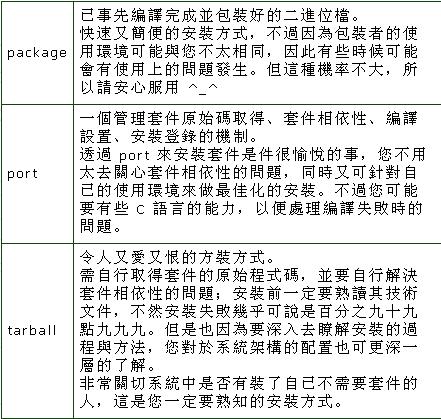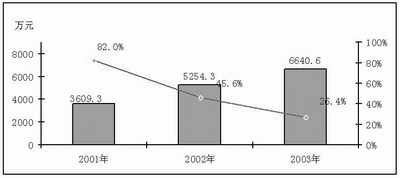validate database and datafiles
validate database and datafiles
DB_BLOCK_CHECKSUM is a database initialization parameter that controls the writing of checksums for the blocks in datafiles and online redo log files in the database (not backups). If DB_BLOCK_CHECKSUM is typical, then the database computes a checksum for each block during normal operations and stores it in the header of the block before writing it to disk. When the database reads the block from disk later, it recomputes the checksum and compares it to the stored value. If the values do not match, then the block is corrupt.
By default, the BACKUP command computes a checksum for each block and stores it in the backup. If you specify the NOCHECKSUM option, then RMAN does not perform a checksum of the blocks when creating the backup.
VALIDATE
BACKUP ... VALIDATE
RESTORE ... VALIDATE
DB_BLOCK_CHECKSUM=typical
By default, RMAN does not check for logical corruption. If you specify CHECK LOGICAL on the BACKUP command, however, then RMAN tests data and index blocks for logical corruption, such as corruption of a row piece or index entry, and log them in the alert log located in the Automatic Diagnostic Repository (ADR).
VALIDATE DATABASE
VALIDATE BACKUPSET 22
VALIDATE DATAFILE 1 BLOCK 10
To parallelize the validation of a datafile
===========================================
RUN {
ALLOCATE CHANNEL c1 DEVICE TYPE DISK;
ALLOCATE CHANNEL c2 DEVICE TYPE DISK;
VALIDATE DATAFILE 1 SECTION SIZE 1200M;
}
This command performs the same types of checks as BACKUP VALIDATE, but VALIDATE can check a larger selection of objects. For example, you can validate individual blocks with the VALIDATE DATAFILE ... BLOCK command.
BACKUP VALIDATE
DATABASE
ARCHIVELOG ALL
To check for logical corruptions in addition to physical corruptions, run the following variation of the preceding command:
BACKUP VALIDATE
CHECK LOGICAL
DATABASE
ARCHIVELOG ALL
You do not have to take datafiles offline when validating the restore of datafiles, because validation of backups of the datafiles only reads the backups and does not affect the production datafiles.
To validate backups with the RESTORE command
============================================
RESTORE DATABASE VALIDATE;
RESTORE ARCHIVELOG ALL VALIDATE;
RECOVER ... TEST
REPORT SCHEMA;





